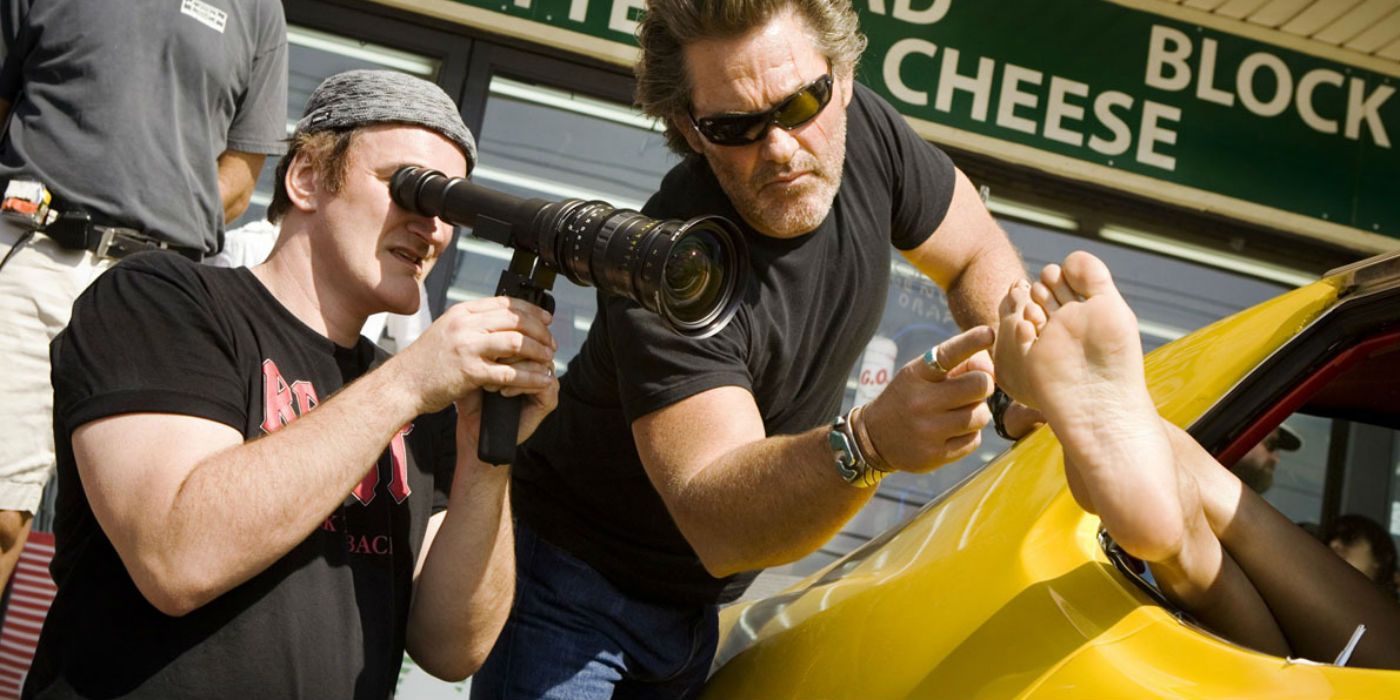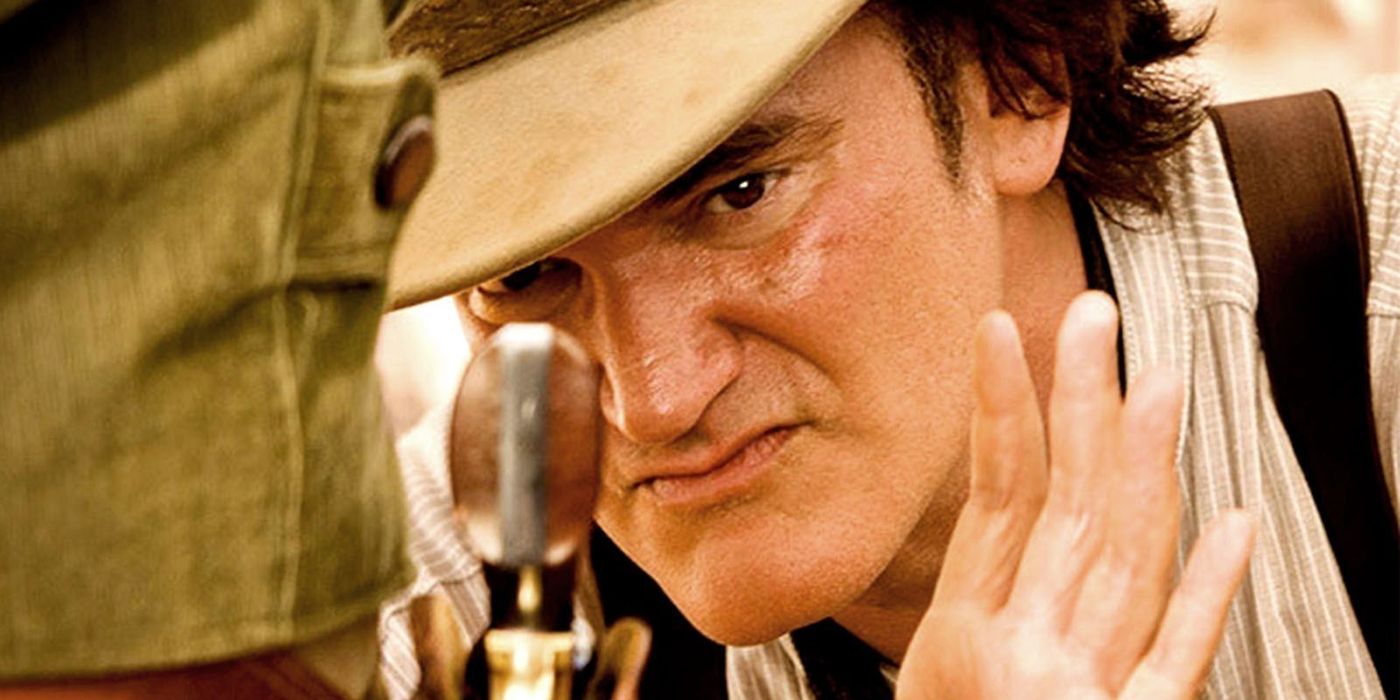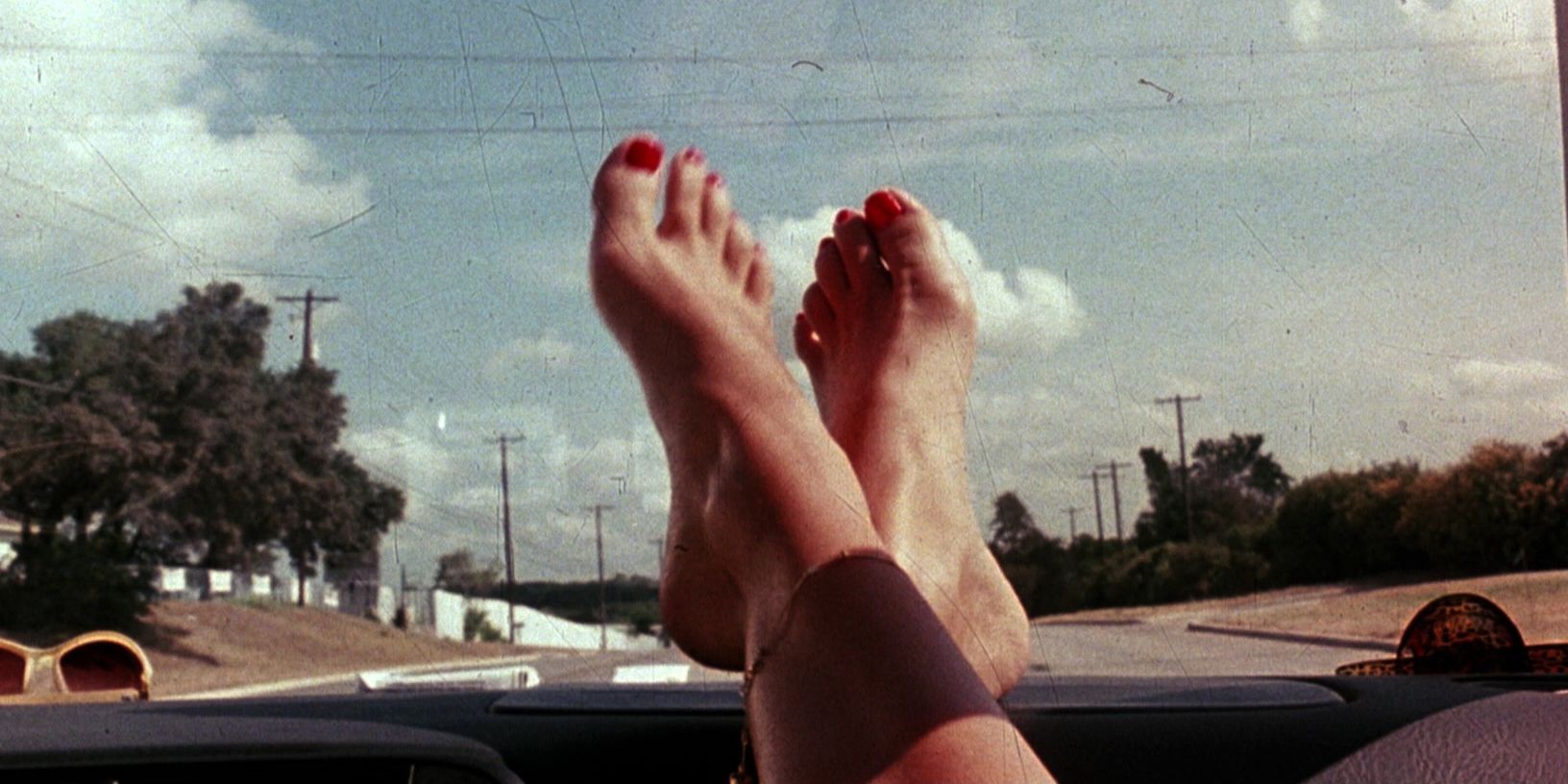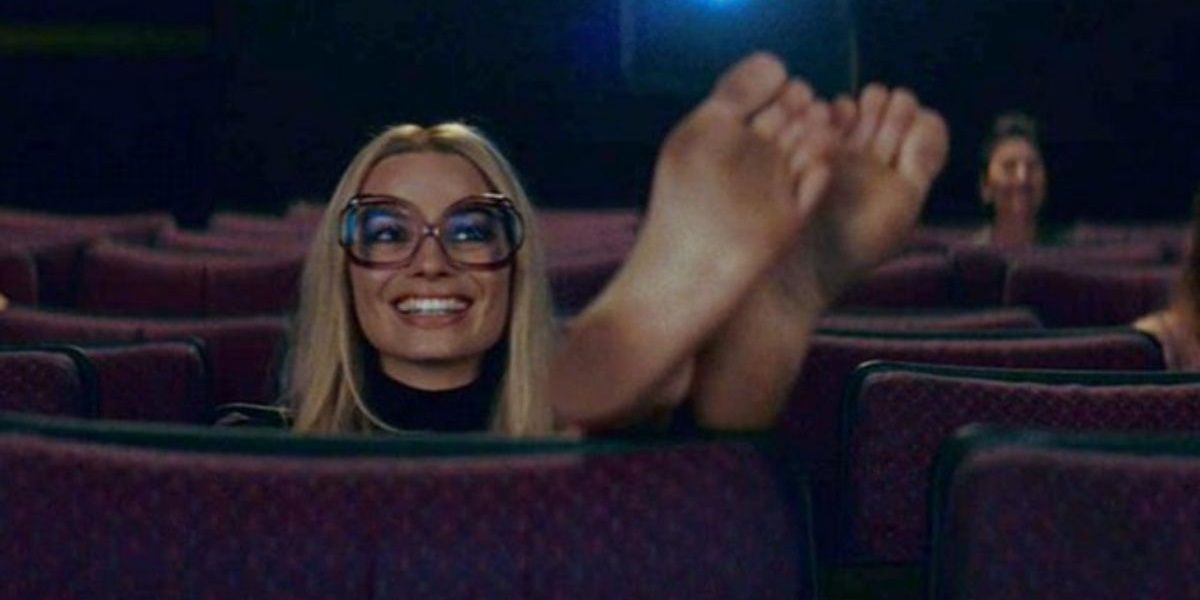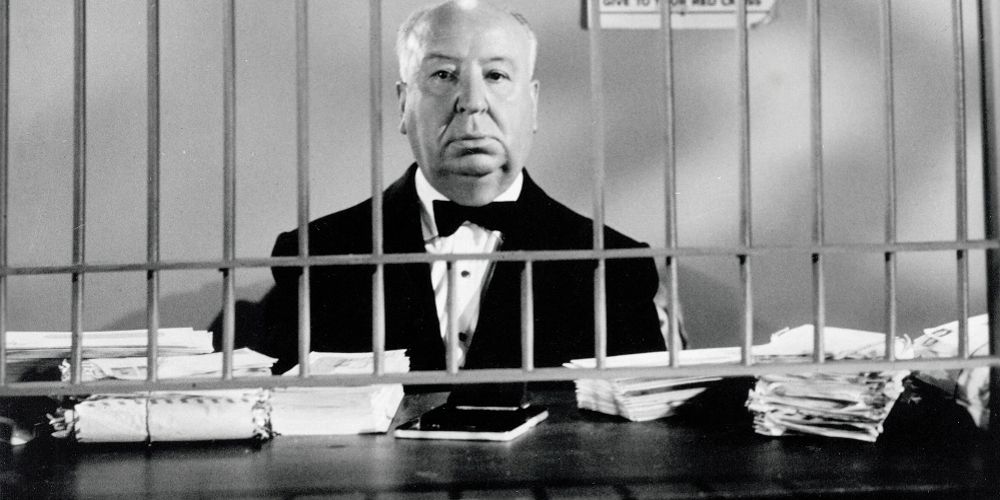Summary
- Quentin Tarantino's foot fixation in his movies is a well-known aspect of his filmmaking career.
- The recurring foot shots in Tarantino's films serve no specific narrative or aesthetic purpose; they are purely a creative choice.
- Despite the controversies surrounding Tarantino's treatment of women and his personal behavior, the foot fetish aspect of his work doesn't seem to affect his professional relationships.
The Quentin Tarantino feet trend is now a famous aspect of the filmmaker's work. There are a number of elements that make Tarantino's movies so unique – from their level and style of violence to the dialogue and multiple pop culture references, to the frequent shots of feet (especially women’s feet). Does this mean there's a Quentin Tarantino foot fetish? With the release of Once Upon a Time... in Hollywood, first as a 2019 movie and then as a subsequent novelization (also by Tarantino), an old question has arisen again: What’s up with the Quentin Tarantino feet phenomenon?
Throughout Quentin Tarantino career in movies, feet scenes have been a talking point among audiences. Tarantino's filmmaking career as the world has come to know it began with Reservoir Dogs in 1992, and while it was praised by critics, his big break came in 1994, with Pulp Fiction's story, visual style, and dialogue hammering home his style. Pulp Fiction also contained the first examples of Quentin Tarantino foot fetish, which has continued even in films where he had a role but didn't direct. The Quentin Tarantino feet fixation explained in full shows why it's one of the most bizarre aspects of his career.
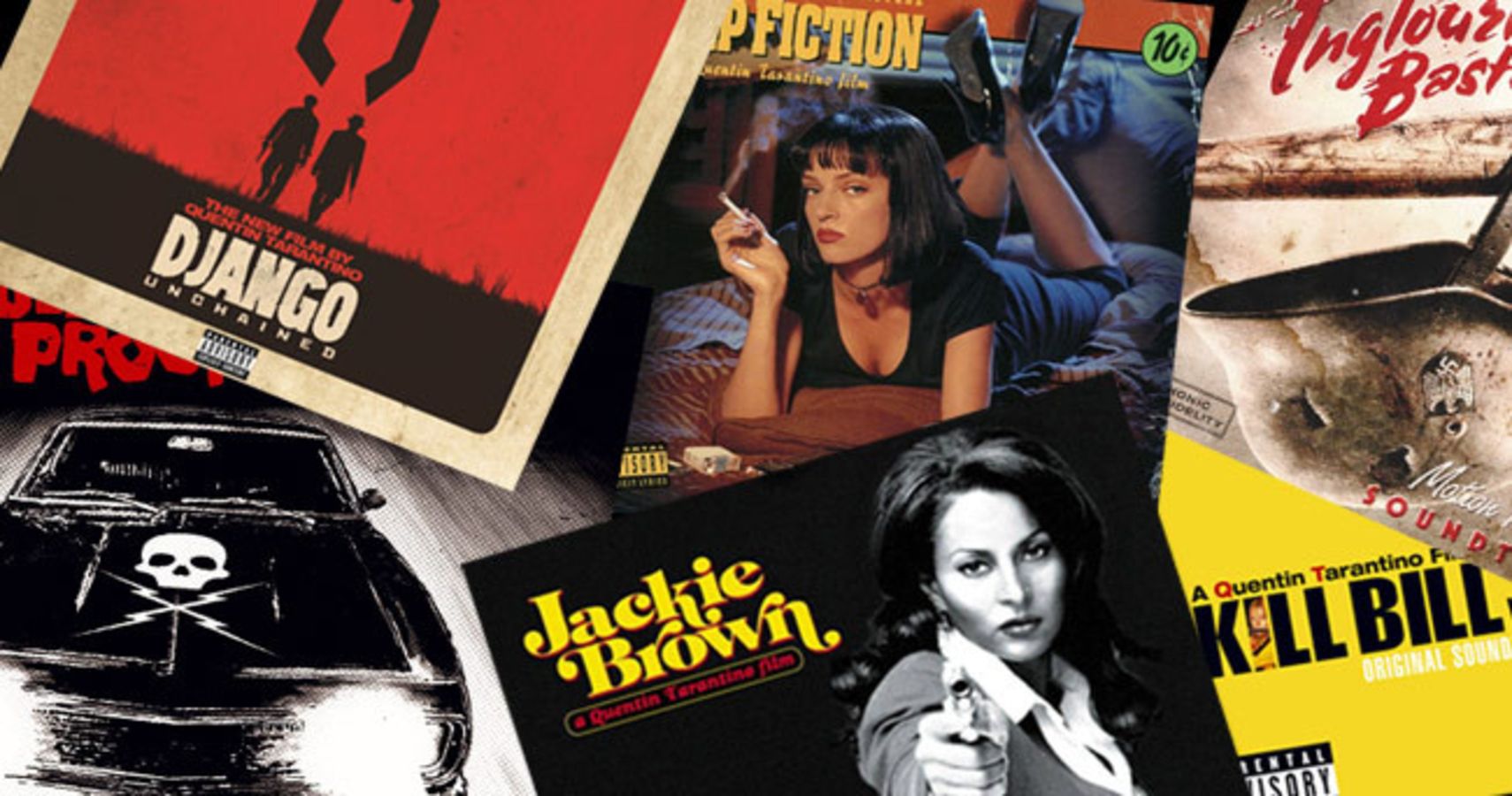
10 Signs You're Watching A Quentin Tarantino Film
Quentin Tarantino has a distinctly unique style. If you notice any of these, chances are you're watching one of his films.Tarantino Has No Real Reason For The Feet Shots
The Feet Scenes Are A Purely Creative Choice
The Quentin Tarantino feet shots that crop up repeatedly in his movies don’t serve a narrative purpose most of the time, nor even an aesthetic one — they’re just there because Tarantino wants them to be. The Quentin Tarantino feet issue is no secret in the film industry, and audiences have noticed it in all his films. Reservoir Dogs has an all-male cast, so there aren't shots displaying a fixation with feet, but Pulp Fiction shows Uma Thurman barefoot a couple of times and there’s also the “foot massage” dialogue between Jules Winnfield (Samuel L. Jackson) and Vincent Vega (John Travolta).
Jackie Brown is based on Elmore Leonard's book Rum Punch, but the director infused it with a dose of feet thanks to Melanie Ralston (Bridget Fonda), who even wears jewelry on her toes. These shots are not necessarily of bare feet all the time — Kill Bill: Volume 1 and Kill Bill: Volume 2 have a lot of shots of feet with different shoes, in addition to multiple shots of Uma Thurman’s bare feet. Death Proof took it a bit further with Jungle Julia’s (Sydney Tamiia Poitier) leg being chopped and flying out of the car, and more directly with Mike McKay (Kurt Russell) later on touching and licking Bethany Ross’ (Rosario Dawson) feet.
The Quentin Tarantino Feet Shots Show Up In Most Of His Movies
Both His Recent And Classic Films Contain Feet Shots
While Pulp Fiction and Kill Bill 1 and 2 have the most well-known examples of the Quentin Tarantino foot fetish, there are plenty of Tarantino feet shots in his more recent works. Inglourious Basterds has the scene with Hans Landa (Christoph Waltz) verifying that the shoe he found at the tavern was Bridget von Hammersmark’s (Diane Kruger), who at the same time has one foot in a cast, with her toes popping out. Django Unchained and The Hateful Eight also have shots of feet (although fully clad), but Once Upon a Time in Hollywood had a lot of these shots — especially from Sharon Tate (Margot Robbie) and Pussycat (Margaret Qualley).
Once Upon a Time in Hollywood is an ode to Sharon Tate and the actor apparently enjoyed being barefoot most of the time which fit into the Quentin Tarantino foot obsession. It’s also worth noting that although he didn’t direct From Dusk Till Dawn, he co-wrote it with Robert Rodriguez. During, Tarantino (who also starred) has a scene with Salma Hayek’s Santanico Pandemonium in which she puts her foot in the mouth his character's mouth.
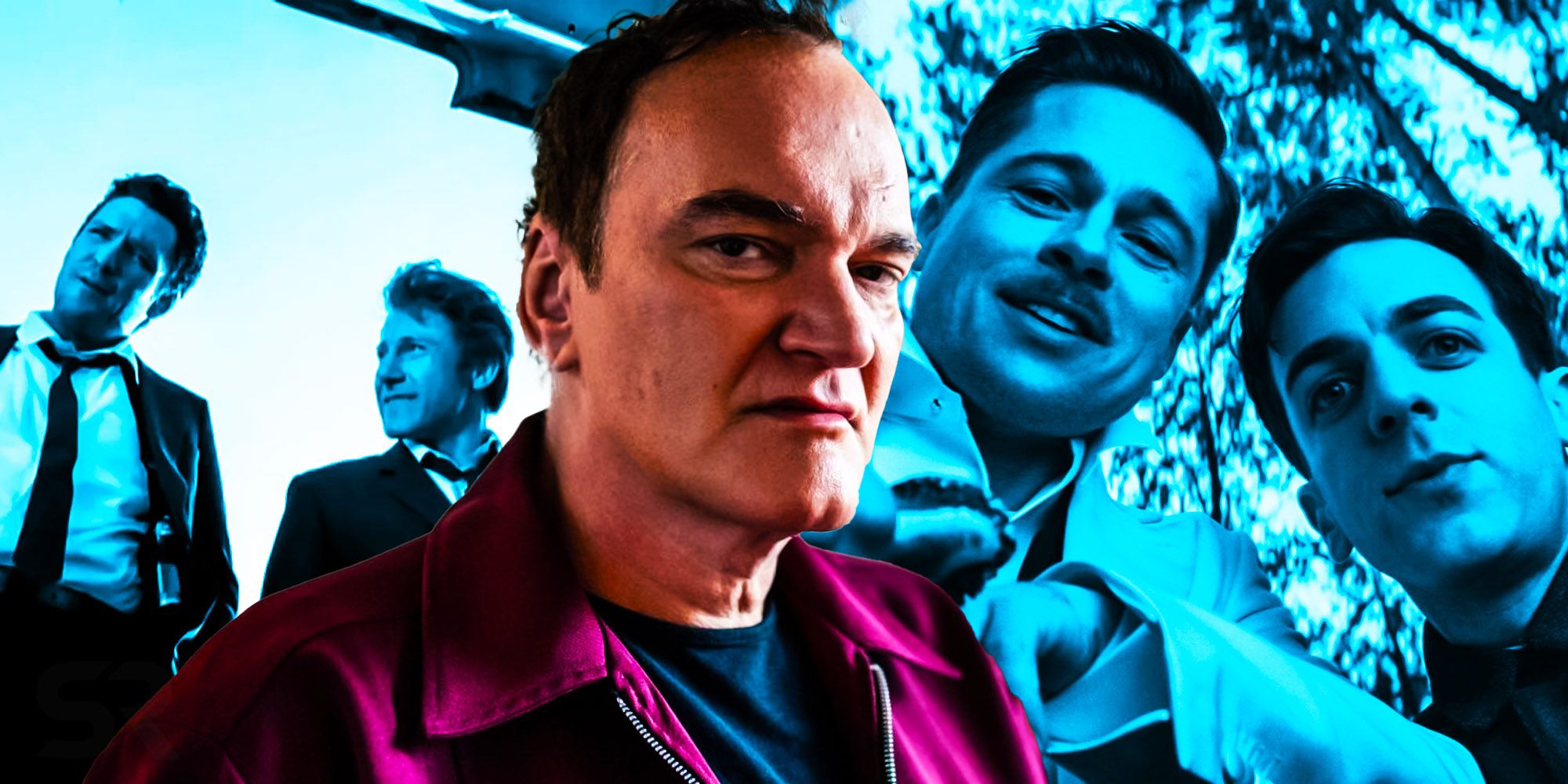
9 Tricks Quentin Tarantino Uses In Every Movie
Quentin Tarantino uses a couple of tricks in almost all his movies, which have become part of his trademark style – and here are some of them.Do Tarantino's Feet Shots Actually Mean Anything?
Some Of The Feet Scenes In Tarantino's Movies Are Part Of The Plot
The bizarre Quentin Tarantino feet issue is a topic that has puzzled cinephiles over the years. Yet there are ways to see some of these foot shots being necessary and needed for the movie as well as adding to the overall aesthetic. For example, when Hans Landa verifies Bridget von Hammersmark is a traitor with her lost shoe that he found, there's a foot shot that was wholly necessary for the plot line.
The foot shots in Once Upon a Time... in Hollywood, on the other hand, don't seem to serve any function other than to separate the hippies from everyone else and suggest that Sharon Tate didn't like wearing shoes. Tarantino's movies are all about self-indulgence and shock factor, so, at their core, they are designed to spark conversation. The Quentin Tarantino feet phenomenon only leans into that aspect of his filmmaking — and it will be interesting to see if Quentin Tarantino's 10th and final movie, The Movie Critic, will follow this trend.
The Quentin Tarantino foot fetish doesn’t seem to bother his actors, either. Uma Thurman herself let him drink champagne from her shoe at an event back in 2010, and Margot Robbie shared (via The Hollywood Reporter) that she felt the same as Sharon Tate about not liking to wear shoes, having no issue with the decision in Once Upon A Time... in Hollywood. Uma Thurman has even stated she'd work with Quentin Tarantino again despite numerous controversies around his conduct on the Kill Bill set, stating "I understand him" (via People). While there are many controversies surrounding the director, the foot fetish aspect of his work doesn't seem to be a hindrance to his professional relationships.
Regardless, Tarantino addressed the matter in a recent interview with GQ. When asked what he makes of people thinking he has a foot fetish, he said: "I don't take it seriously. There's a lot of feet in a lot of good directors' movies. That's just good direction. Like, before me, the person foot fetishism was defined by Luis Buñuel, another film director. And Hitchcock was accused of it and Sofia Coppola has been accused of it." Whatever the case, many viewers continue to comment about it on social media. It's also been noted that, were it just a fascination with feet alone, the recurrent shots would seem more inane, but they don't exist within a vacuum.
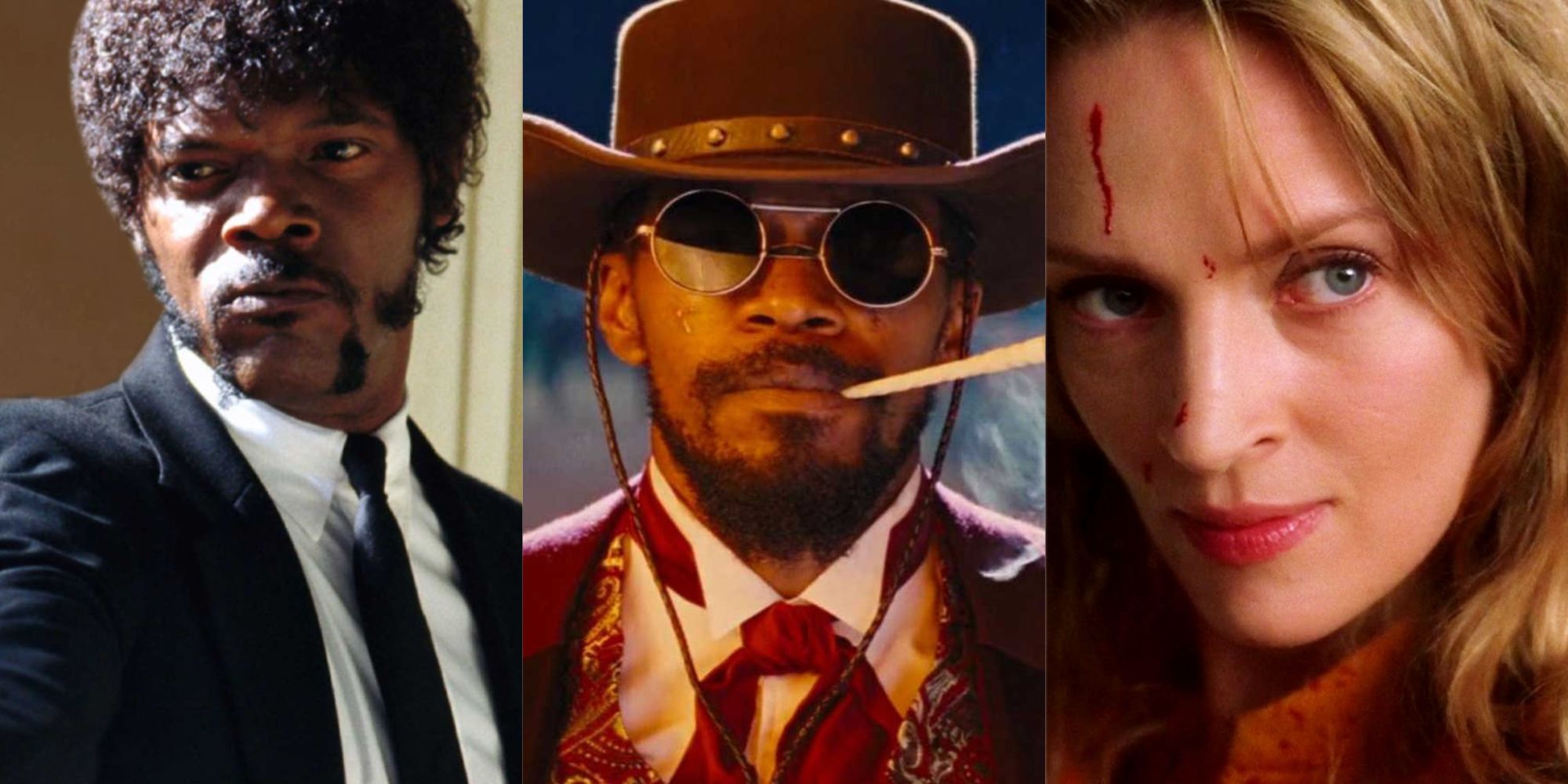
Reddit's Favorite Aspects Of Each Tarantino Film
Tarantino aficionados of Reddit have cited their favorite aspects of each of the nine films that the iconic filmmaker has both written and directed.Feet Are The Least Problematic Tarantino Behavior
Quentin Tarantino Is A Controversial Director
The Quentin Tarantino foot fixation aside, there are plenty of other unsavory things about the director that have made the rounds over the years. Lately, he's been criticized for his elitist views on the movie industry today, but he's done darker things in the past. Tarantino's treatment of women in his films is questionable at best. While it may be seen as feminist filmmaking when his actresses are committing Tarantino's typical brutal acts of violence, his heroines also end up killed, raped, branded, and beaten. His reported on-set behavior makes it increasingly difficult to view Tarantino's portrayal of women in a subversive-yet-progressive light.
Quentin Tarantino is a director who is known to push the limits, but he's taken it way too far on many occasions if the allegations are true.
According to actress Uma Thurman, the director assaulted her on the set of Kill Bill. In an interview (via The New York Times), Uma Thurman expressed numerous abuses throughout her time on set. The director forced her to do the car crash scene, even though she expressed concerns, and it resulted in a concussion and permanent knee damage. He also admitted (via Deadline) that moments in the movie when Thurman is choked and spit on, Tarantino did it himself for the camera. Quentin Tarantino is a director who is known to push the limits, but he's taken it way too far on many occasions if the allegations are true.
Quentin Tarantino Isn't The Only Director To Slip His Passions Into His Movies
The Tarantino Feet Scenes Are Some Of Many Subversive Director-Specific Tropes
The Quentin Tarantino foot fixation is well documented. However, he's not the only movie director who's included imagery based on fetishes or intense personal passions. Many writings and first-hand accounts of Alfred Hitchcock testify that he had a fascination with women in glasses, which is a key reason they're a recurring motif in his films. There's an entire documentary, 2008's Stanley Kubrick's Boxes, that explores the titular director's fascination with neatly organized cubic storage.
However, while the Quentin Tarantino feet scenes are the least problematic of his behaviors, and a fixation with boxes or even women with glasses can be relatively benign, some directors have made far more questionable choices. Dario Argento has filmed his daughter, Asia Argento, in fully nude scenes of graphic sexual situations — many violent and nonconsensual — multiple times, which makes some viewers uncomfortable when learned. Oliver Stone's complicated history with his mother has also translated into many of his movies (via The Washington Post). The Quentin Tarantino feet scenes are fascinating, but he's far from the only director whose creative choices blur lines and boundaries.

